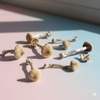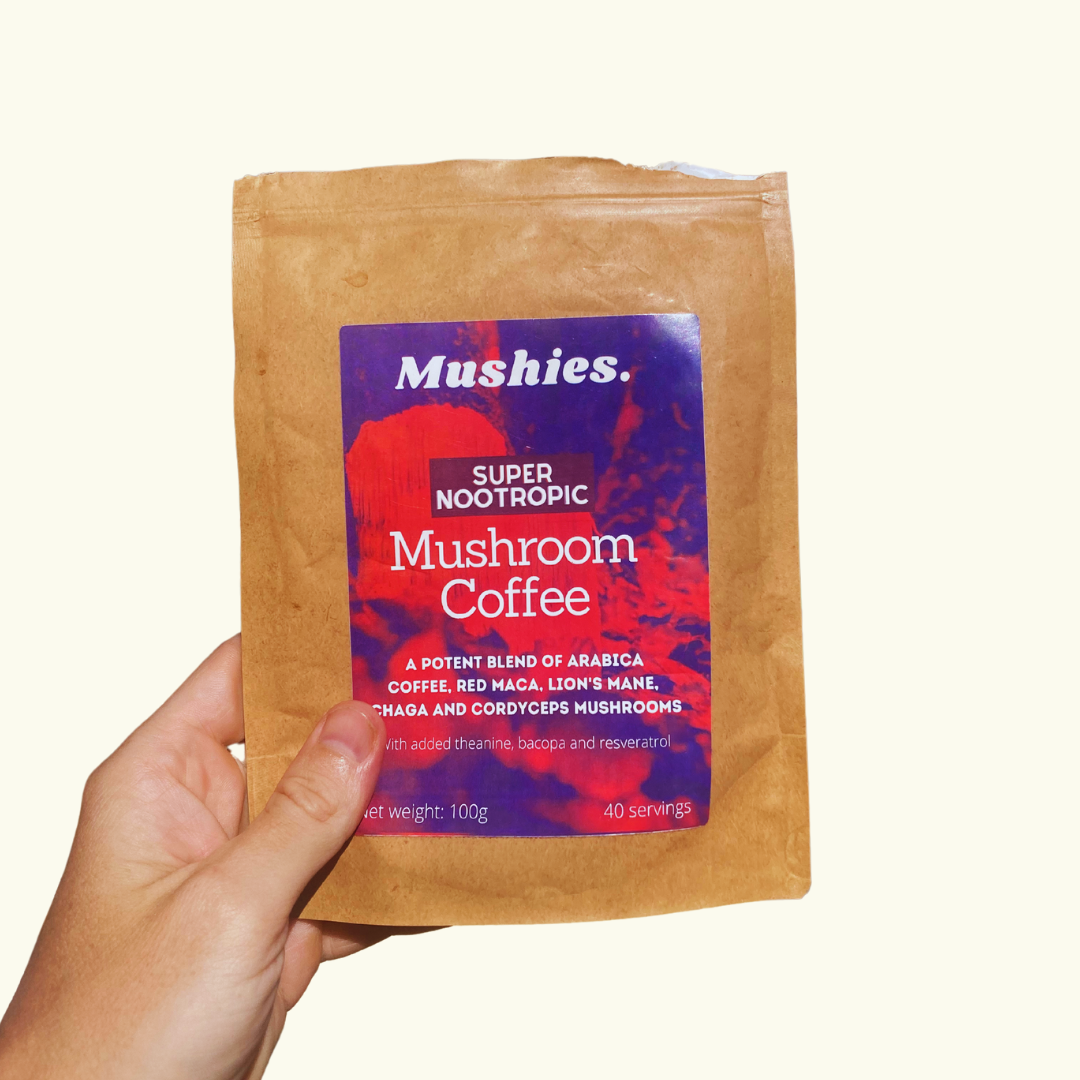Every autumn, as the UK’s fields turn damp and gold, thousands of tiny conical mushrooms begin to appear, often hiding in plain sight. These are Psilocybe semilanceata, better known as Liberty Caps, one of the most potent and historically significant psychedelic mushrooms on Earth.
And while modern science is just beginning to understand their therapeutic potential for depression, PTSD, addiction and trauma, liberty caps have a far older story to tell.
The Story Behind the “Liberty Cap”
The name Liberty Cap doesn’t come from its psychedelic effects. It comes from history. The term traces back to the pileus, a cone-shaped hat worn by freed Roman slaves. Later, during revolutions across Europe, it became a symbol of emancipation (freedom from tyranny).

So there’s a strange irony here: in modern Britain, to pick or possess liberty caps is illegal, carrying penalties of up to seven years in prison. A mushroom named for freedom that can liberate the mind, yet picking it could cost your liberty.
When and Where They Grow
Liberty caps thrive in autumn, usually from late September through November, before the first frost. They love grassy, acidic soil - the kind found in sheep-grazed fields, particularly on hillsides around 300–500m elevation.
A few key environmental cues:
-
Recent rainfall followed by a couple of dry days is ideal.
-
Light grazing (like from sheep) enriches the soil’s organic carbon, whereas heavy cow grazing compacts it, reducing yield.
-
They appear most often in clumps among coarse grass or rushes, often where livestock paths weave up the hillside.
Interestingly, they don’t directly grow on dung. Rather, they benefit from the nutrient cycle animals create in the soil.

How to Identify a Liberty Cap (Without Picking It)
If you’re walking and spot a mushroom you think might be a liberty cap, look for:
-
A conical cap with a tiny nipple-like point on top.
-
Color shifts darker caramel brown when wet, fading to ivory as it dries.
-
A gelatinous film on the cap surface (you can sometimes peel it off like a thin membrane).
-
A thin, flexible, often wavy stem, 7–8cm long, it shouldn’t snap easily when bent.
-
Gills that darken with age, starting pale grey and turning purple-brown as spores mature.

Common lookalikes include Panaeolus (dung roundheads) and Galerina species, many of which are toxic. The key giveaways: no jelly membrane, thicker/darker stem, and gills that don’t match the same purplish tone.
Patterns in Nature
Once you spot one liberty cap, don’t stop. You’ll often find clusters within a metre radius, then another patch a few meters away. Each patch connects through an underground mycelial network, sharing nutrients and signals as part of `aa living web beneath your feet.
And if you walk with the sun behind you, the caps will often glisten slightly, helping your eyes pick them out among the grass.

A Note on Legality and Responsibility
Let’s be clear: picking or possessing psilocybin mushrooms in the UK is illegal under the Misuse of Drugs Act. The purpose of learning identification is education and awareness, not collection.
These fungi are part of Britain’s natural and cultural heritage. Understanding them, observing them, and appreciating them where they grow can deepen our relationship with nature and remind us of how much wisdom still hides in the soil.
Final Thoughts
Whether you view liberty caps as a tool for healing, a natural marvel, or a symbol of freedom, they embody the timeless link between the earth beneath us and the mind within us.
So this autumn, as you walk through misty fields and see sheep grazing among the rushes, keep your eyes open. You might just glimpse one of nature’s most extraordinary teachers.
Happy exploring.






